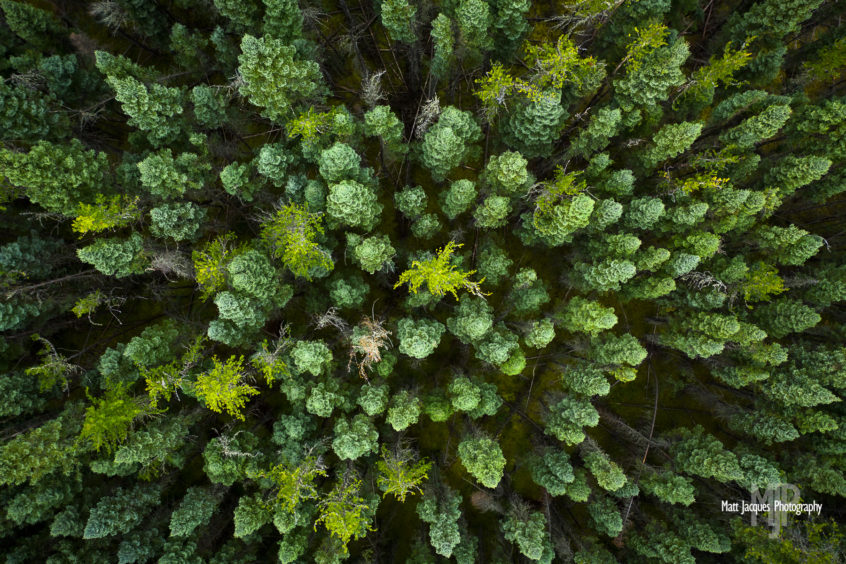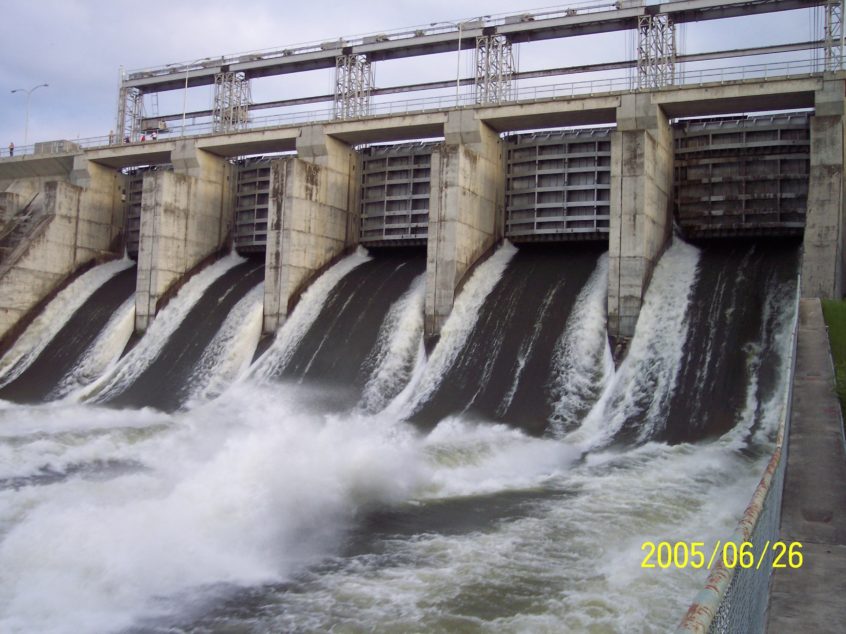Carbon sequestration is an important global phenomenon that all forms of life depend on to keep a liveable climate. Here in Saskatchewan, is sequestered in mass amounts by the boreal forest, muskeg, grasslands, and permafrost.
Saskatchewan’s Flat Landscape: Our Biodiverse Grasslands
While Saskatchewan’s prairies were once a thriving wilderness roamed by millions of wild bison, much of it has been transformed, with less than 18% of the original native grassland remaining. With such a small amount of Saskatchewan’s irreplaceable native grasslands left, it is crucial to protect these important ecosystems.
How green is hydropower?
Hydro dams are often depicted as green energy. However, as seen in the case of the Saskatchewan River Delta, dams can create devastating effects downstream.
Changes in River Flow and its Effects on the Sask River Delta
Changing levels of flow due to the dams upstream of the delta impact natural functions of the river as well as the many species who habituate in the wetlands of the delta. Many people are unaware of the numerous downstream impacts to the largest inland delta in North America.
Bison and Reconciliation
Bison represent a keystone species of the grasslands and are emblematic of Canada’s Indigenous people. Their reintroduction onto the grasslands provides hope for both restoration and reconciliation.
The diminishing water supply of the Colorado River should act as a warning for us to care for our rivers.
The tragic story of the Colorado River acts as a warning to us in Saskatchewan: excessive irrigation, agriculture, and residential use of our rivers can and will lead to environmental damage in some of the most important ecosystems in the world.






